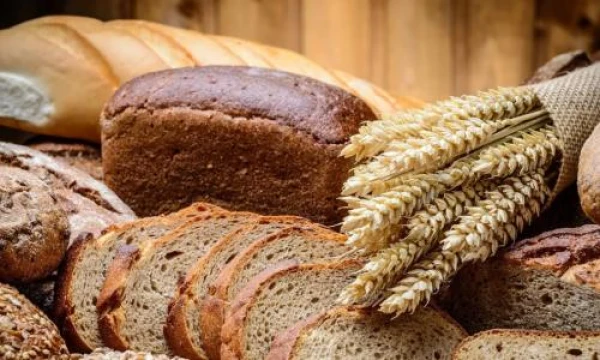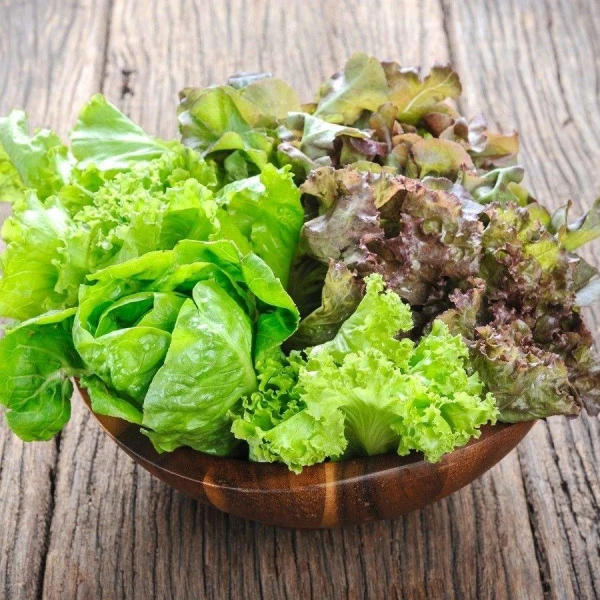
Recently, there has been active discussion about the harm of red meat, while the benefits of such products as whole grain bread, fresh vegetables, and unrefined rice are being questioned. These products contain antinutrients — substances that hinder the full absorption of nutrients. For example, lectins. How can we minimize their negative impact on the body? This is explained by nutritionist Natalia Denisova.
With a high consumption of plant foods, the benefits become obvious: the amount of dietary fiber, plant fats, ascorbic acid, and beta-carotene increases. However, plant products also contain antinutrients — compounds that interfere with the absorption of beneficial substances, i.e., nutrients. One such substance is lectins. Some proponents of healthy eating attribute serious consequences to these invisible enemies found in foods we consider healthy (fresh vegetables, unrefined rice, and whole grain bread) — from general fatigue and weight gain to weakened immune systems and even tumor provocation. But is this really the case?
Lectins are a family of proteins found in some plant foods that can bind carbohydrates on the surface of cells, causing their agglutination — “sticking together.” These substances did not appear by chance: plants use them to protect themselves from consumers — insects, animals, and humans. Once in the body, lectins hinder the absorption of minerals and disrupt intercellular communication. Our digestive enzymes do not always manage to cope with them. By the way, gluten is one form of lectin. For a long time, only botanists and medical professionals were aware of lectins until the sensational book by Dr. Steven Gundry, “The Plant Paradox: The Hidden Dangers in 'Healthy' Foods,” was published, in which he questioned the unconditional benefits of foods considered healthy. Gundry claims that when lectins enter the human body through food, they negatively affect digestion, hinder the absorption of vitamins and minerals, increase the permeability of the intestinal walls, enter the bloodstream, and damage red blood cells.
Thus, lectins are considered pro-inflammatory substances, and regular consumption of them can cause and maintain chronic inflammation in the body, as well as provoke allergic reactions and the development of autoimmune diseases.
Which Foods Contain the Most Lectins?
Legumes, whole grains, nuts, seeds, corn, nightshades (potatoes, tomatoes, eggplants, sweet and hot peppers), dairy products, and seafood are champions in lectin content. However, the highest amount of lectins is found in wheat flour, especially whole grain, which has long been considered the healthiest — it contains the toxic WGA (wheat germ agglutinin). Our body perceives this lectin as a pathogen, and the immune system begins to fight it by producing antibodies.
How to Neutralize Lectins?
You do not have to give up bean soups or eggplant caviar to maintain health. There are simple methods to significantly reduce the amount of lectins in foods.
Peas, chickpeas, beans, and grains should be soaked in cold water for 8–12 hours before cooking. Soaking also reduces cooking time and decreases symptoms of bloating when consuming legumes. Additionally, it is advisable to soak seeds and nuts (especially peanuts and cashews) so that they better eliminate lectins and are better absorbed.
In tomatoes, peppers, and eggplants, lectins are mainly found in the seeds. Therefore, before cooking, it is sufficient to remove the core with the seeds. Thermal processing is also beneficial: we cook eggplants, while peppers and tomatoes are better roasted before adding to salads. However, there are a number of diseases for which nightshades should be completely excluded from the diet, such as celiac disease (gluten intolerance) and autoimmune diseases (rheumatoid arthritis, psoriasis, etc.).
The main advice is to monitor your condition after consuming foods high in lectins. If you notice even slight digestive disturbances, fatigue, or worsening skin condition, it is worth trying to temporarily exclude this product from your diet and observe the body's reaction.













